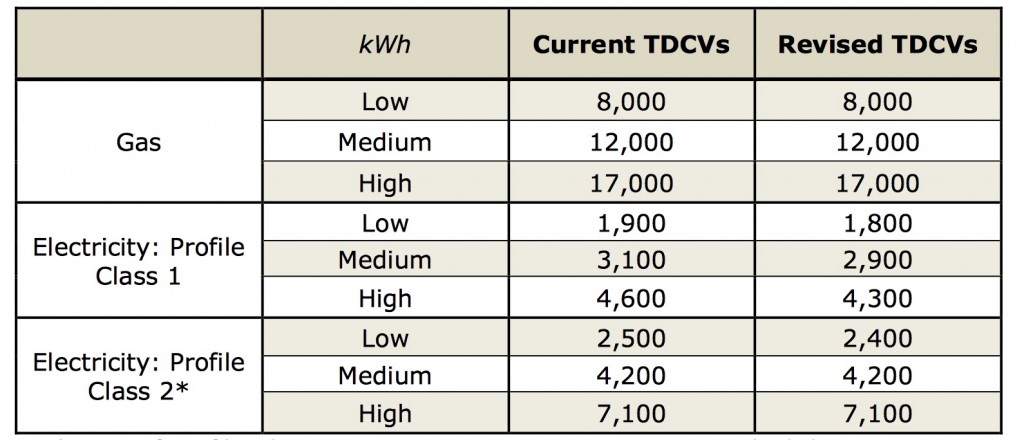On average, consumer electricity use has fallen over the last two years, but a longstanding fall in gas usage hasstalled, new estimates from Ofgem reveal.
The regulator has set out its ‘typical domestic consumption values’ (TDCVs), which are used in industry calculations such as setting the price cap and by organisations such as price comparison websites to compare typcal tariffs. The regulator revises the TDCVs every two years.
The latest revision shows electricity consumption has fallen for regular customers and for low users on an Economy Seven tariff (ie Profile class 2, which has variable night and day prices). Economy 7 customers tend to use more power than standard tariff users because the option is often taken up by customers without access to mains gas.
 In its decision Ofgem does not discuss the reasons for the reduction, but National Grid ESO’s regular Future Energy Scenarios document highlights falling consumption due to more efficient lighting and appliance standards.
In its decision Ofgem does not discuss the reasons for the reduction, but National Grid ESO’s regular Future Energy Scenarios document highlights falling consumption due to more efficient lighting and appliance standards.
Meanwhile, gas consumption has fallen in recent years due to government-mandated energy efficiency programmes, but targets for such programmes have been softened.
The average figures mask significant regional variation in average use. Reflecting heating costs, gas consumption is lowest in the south west (10,623kWh) and highest in Northern Scotland (13,607kWh), which also has the highest consumption for variable tariff electricity.
Among regular tariff customers electricity use is highest in the Southern area and lowest in London, although there was less variation ( 3,230kWh compared to 2,828kWh) than in gas or variable tariff electricity.